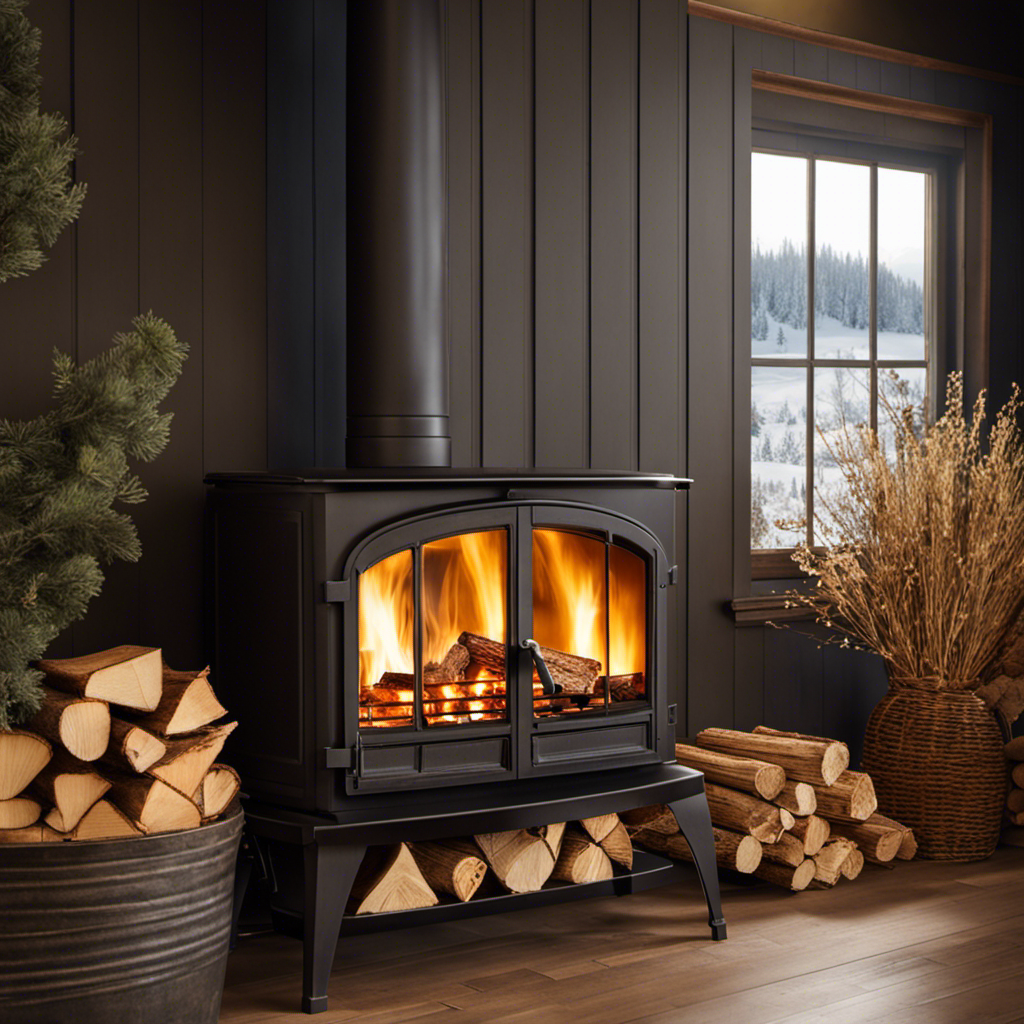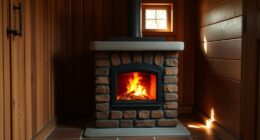As someone who owns a wood stove, I often ponder over the proper way to upkeep a catalytic wood stove. Due to its sophisticated technology, this type of stove ensures a clean and efficient combustion.
In this article, I’ll share my knowledge on understanding the catalytic converter, cleaning and caring for the stove, ensuring proper air circulation, and tips for efficient burning.
Regular maintenance and inspection are crucial for the longevity of your catalytic wood stove. Let’s dive in and learn how to keep it running smoothly.
Key Takeaways
- Regular cleaning of the stove’s interior and catalytic converter is crucial for maintaining efficiency.
- Ensuring proper air circulation by checking for blockages, adjusting the damper, and addressing airflow issues is essential.
- Efficient burning can be achieved by using dry and seasoned firewood, properly loading the stove, and maintaining a hot fire.
- Regular maintenance and inspection, including cleaning the stove and chimney, addressing common issues, and conducting yearly inspections, are necessary for longevity and optimal performance.
Understanding the Catalytic Converter
I’ve learned that the catalytic converter is a crucial component of a catalytic wood stove. The operation of a catalytic converter involves the use of a catalyst, typically a precious metal like platinum or palladium, to facilitate the conversion of harmful gases emitted during combustion into less harmful substances.
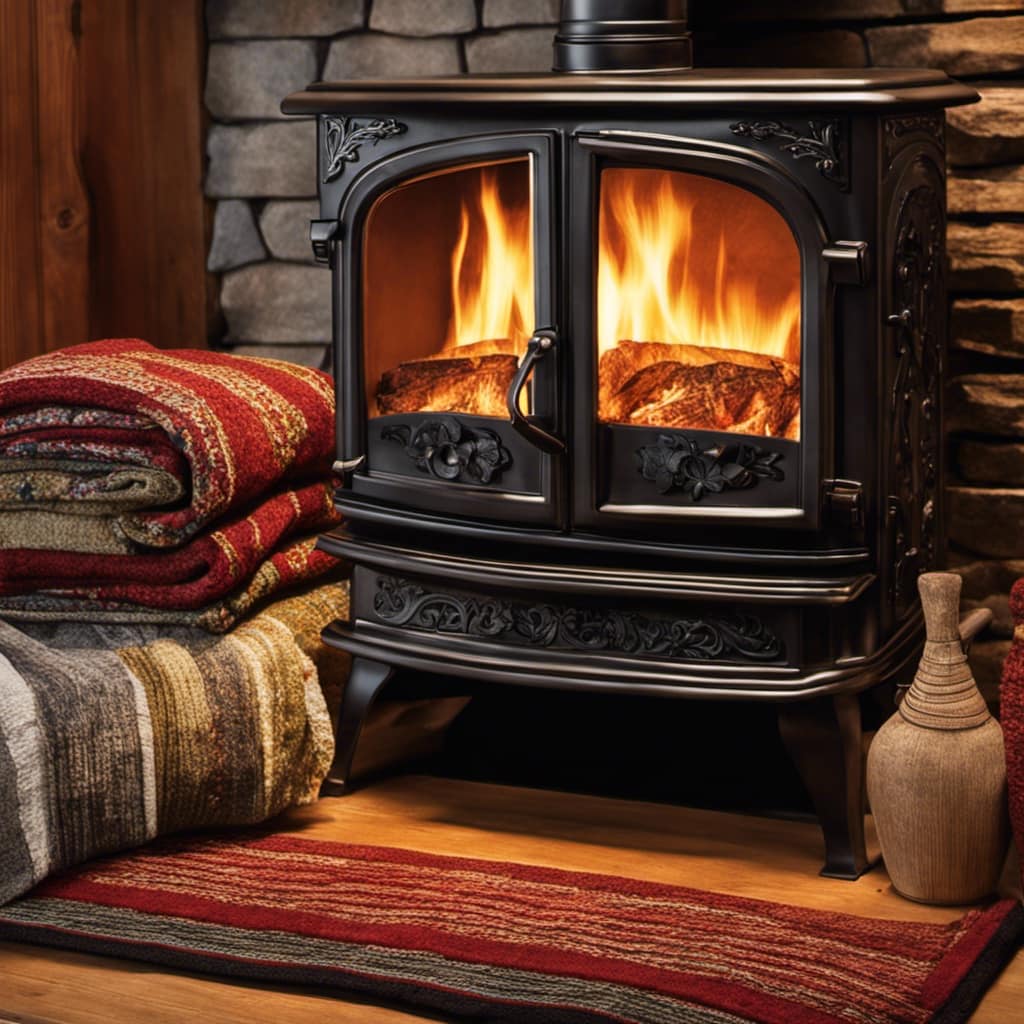
When wood is burned in a catalytic wood stove, the gases produced, such as carbon monoxide and nitrogen oxides, pass through the catalytic converter. The catalyst then promotes a chemical reaction that breaks down these gases into carbon dioxide, water vapor, and nitrogen gas. This process greatly reduces the emission of pollutants and makes catalytic wood stoves more environmentally friendly compared to traditional wood stoves.
In addition to their environmental benefits, catalytic wood stoves also offer higher efficiency and longer burn times, making them a popular choice for homeowners looking for an efficient and sustainable heating option.
Cleaning and Care for the Catalytic Wood Stove
Cleaning and taking care of my catalytic wood stove is essential to ensure its optimal performance.
As someone who’s been using a catalytic wood stove for years, I’ve gained valuable knowledge about the cleaning techniques and common problems associated with these stoves.
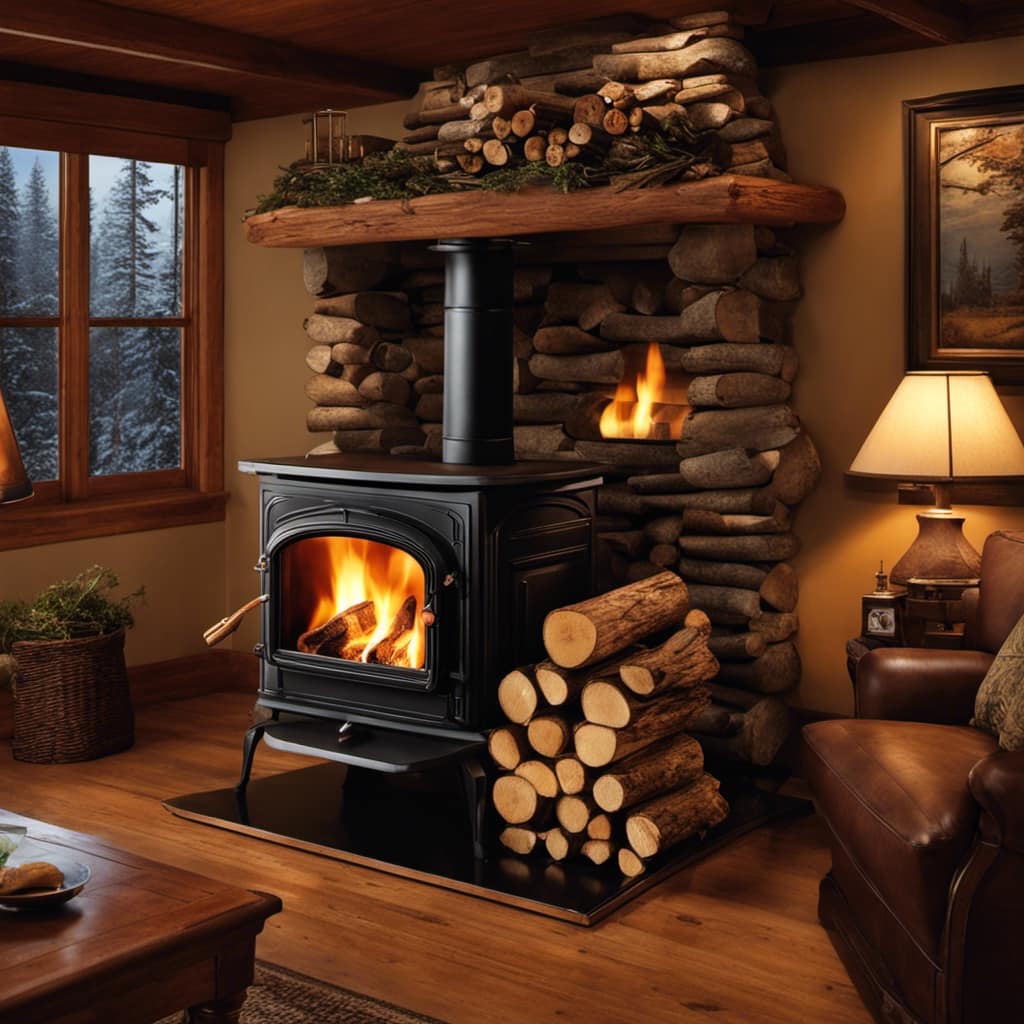
To start with, regular cleaning is crucial to maintain the efficiency of the catalytic converter. I make sure to remove the accumulated soot and ash from the stove’s interior and the catalytic combuster regularly. This prevents clogging and allows for proper airflow.
Another common problem is the deterioration of the catalytic element. Over time, it can become damaged or coated with creosote. To address this, I carefully remove the element and clean it with a specialized solution. This helps restore its effectiveness and prolong its lifespan.
Ensuring Proper Air Circulation in Your Wood Stove
To ensure efficient heating, it is important to make sure that there is proper air circulation in my wood stove. Proper ventilation is crucial for the wood stove to function optimally and avoid common issues. Here are some troubleshooting tips for ensuring proper air circulation:
| Common Issue | Possible Solution |
|---|---|
| Poor draft | Check the chimney for blockages and clean if necessary. Ensure the damper is fully open. |
| Smoke backdraft | Adjust the air intake and make sure the door gasket is intact. Check for leaks in the stovepipe. |
| Insufficient heat output | Clean the air vents and replace any damaged or worn-out parts. Check the catalyst for clogging or deterioration. |
Tips for Efficient Burning in a Catalytic Wood Stove
I can maximize the efficiency of my catalytic wood stove by following these tips for efficient burning.
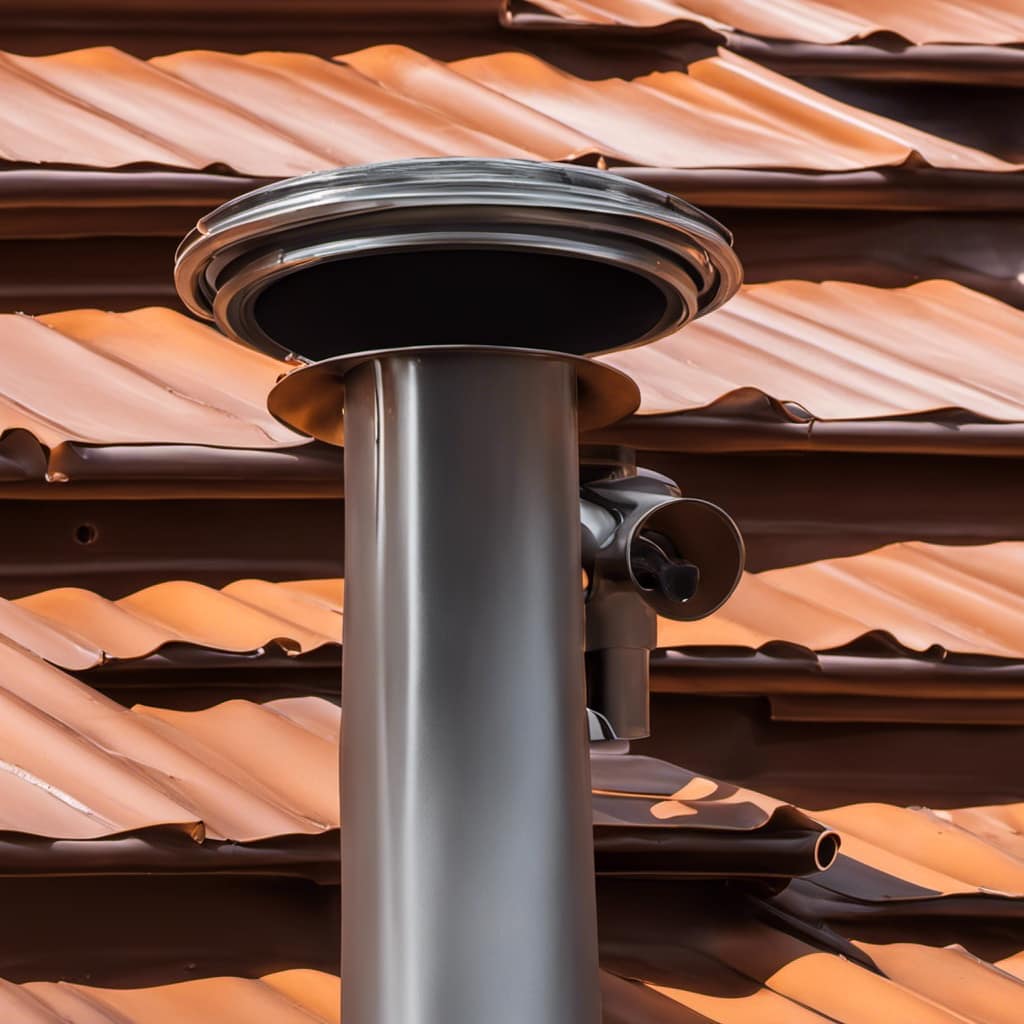
To maximize heat and reduce emissions, it’s crucial to start with dry and seasoned firewood. Moisture content should be below 20% to ensure clean combustion.
It’s also important to properly load the stove, placing smaller pieces of wood on the bottom and larger ones on top. This allows for better airflow and more efficient burning.
Maintaining a hot fire is essential to ensure complete combustion and minimize emissions. I can achieve this by using smaller, well-seasoned pieces of wood and avoiding smoldering fires.
Regularly cleaning the stove and chimney will also help maintain optimal efficiency.
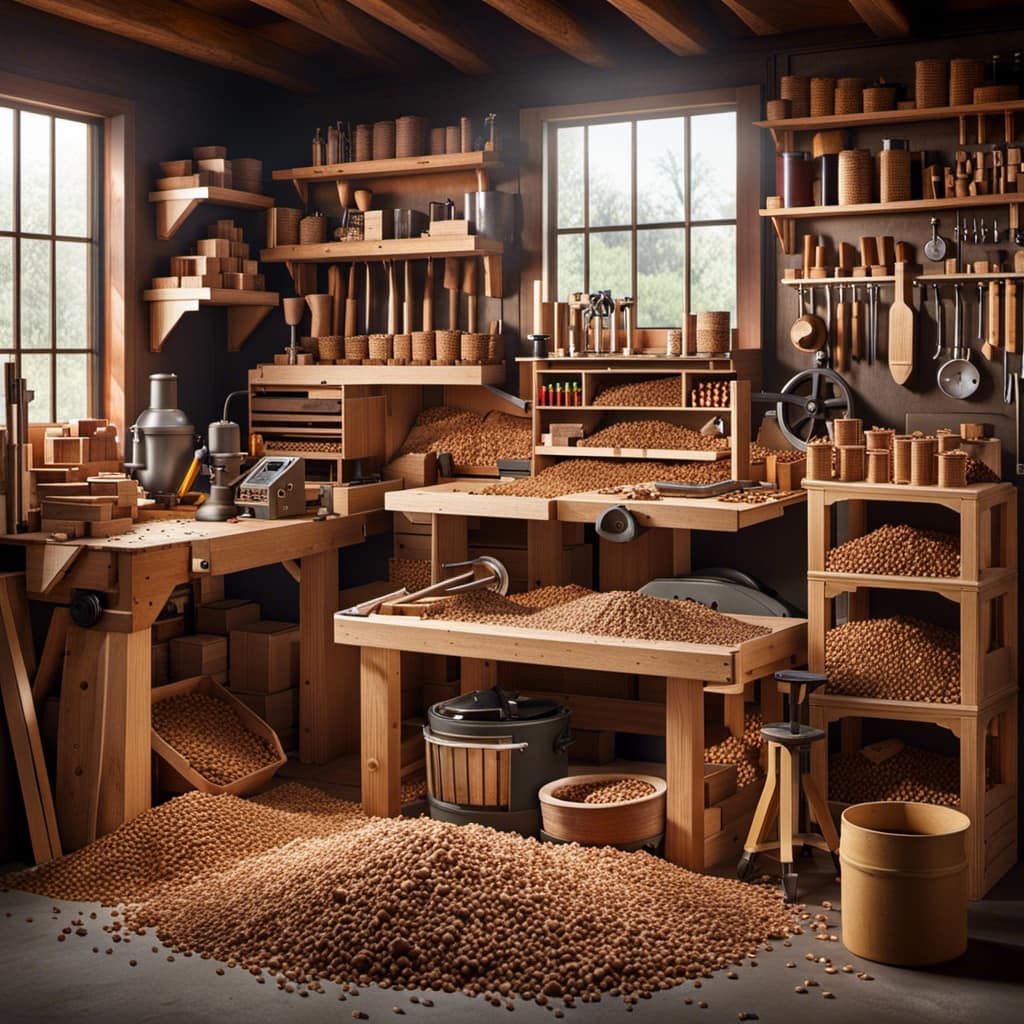
Can You Use Anthracite Coal in a Catylast Wood Stove and How Would That Affect Maintenance?
Burning anthracite coal in a catalytic wood stove is inadvisable due to the differing combustion requirements. While burning anthracite coal in a wood stove designed specifically for such fuel can provide consistent heat, it demands a higher air-flow that might overwhelm a catalytic stove’s design, leading to potential maintenance issues and decreased efficiency.
Regular Maintenance and Inspection for Longevity
Regular maintenance and inspection of my catalytic wood stove ensures its longevity and optimal performance. As an expert in wood stove maintenance, I understand the importance of regular inspections to identify any potential issues before they become major problems.
I recommend conducting a thorough inspection at least once a year, preferably before the start of the heating season. This will allow you to address any common maintenance issues that may arise, such as creosote buildup, damaged gaskets, or faulty catalytic combustors.
Additionally, regular cleaning of the stove’s interior and chimney is essential to maintain efficient burning and prevent the risk of chimney fires.
Frequently Asked Questions
How Often Should I Replace the Catalytic Converter in My Wood Stove?
I replace the catalytic converter in my wood stove every 2-3 years to ensure optimal performance. Regularly cleaning the converter without damaging it and following proper maintenance techniques can help extend its lifespan.
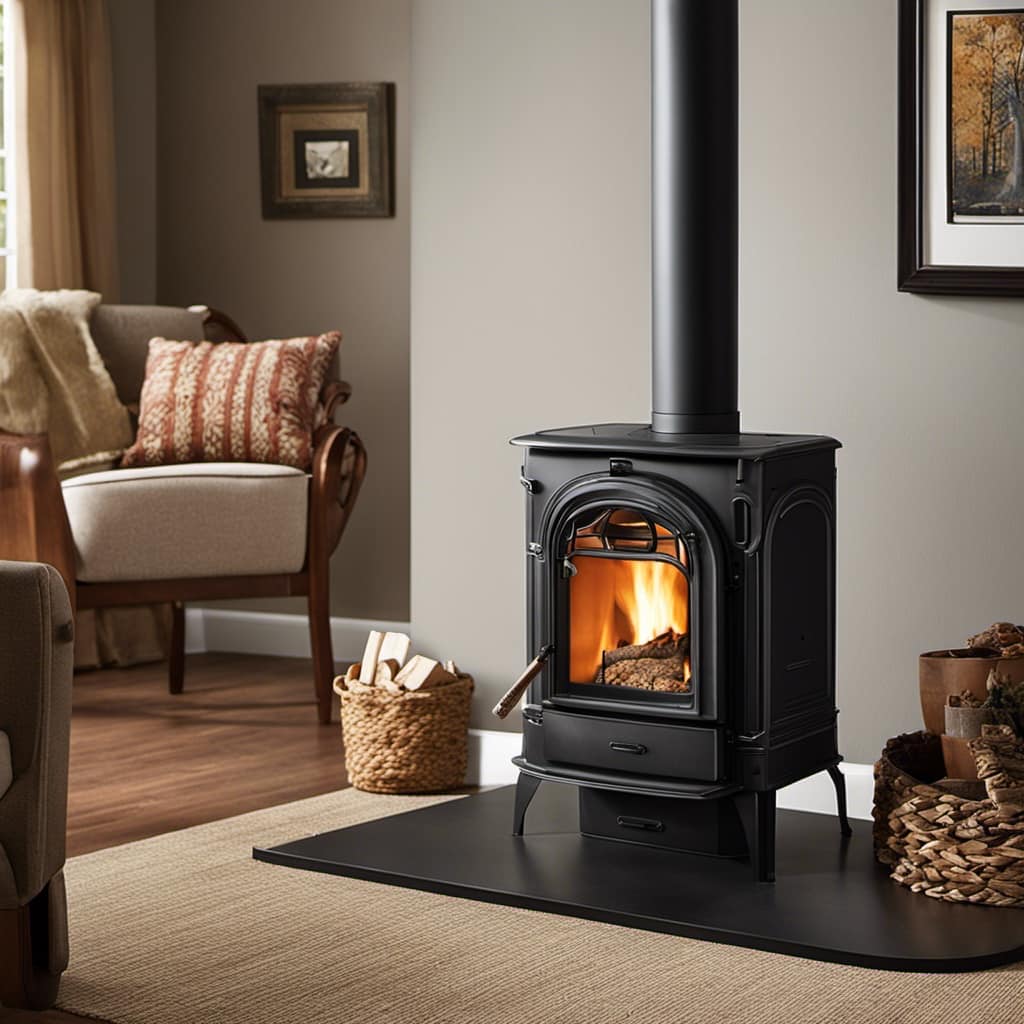
Can I Use Any Type of Wood in My Catalytic Wood Stove?
I always make sure to choose the right type of wood for my catalytic wood stove. It’s important for proper maintenance and optimal performance. Using the recommended wood ensures efficiency and reduces the need for frequent cleaning.
What Are the Signs That Indicate the Catalytic Converter Needs to Be Cleaned or Replaced?
When a catalytic converter is dirty or damaged, there are several signs to look out for. These include decreased engine performance, increased exhaust emissions, and a rotten egg smell. Cleaning or replacing the converter is necessary in such cases.
Is It Normal for My Catalytic Wood Stove to Emit a Strong Smell During Operation?
Yes, it is normal for a catalytic wood stove to emit a strong smell during operation, especially if it’s new. However, if the smell persists or becomes worse over time, it could indicate a maintenance issue that needs troubleshooting.
Are There Any Specific Safety Precautions I Need to Follow When Using a Catalytic Wood Stove?
When using a catalytic wood stove, it’s important to follow specific safety precautions. This includes ensuring proper ventilation requirements are met and avoiding common maintenance mistakes to keep the stove operating efficiently and safely.
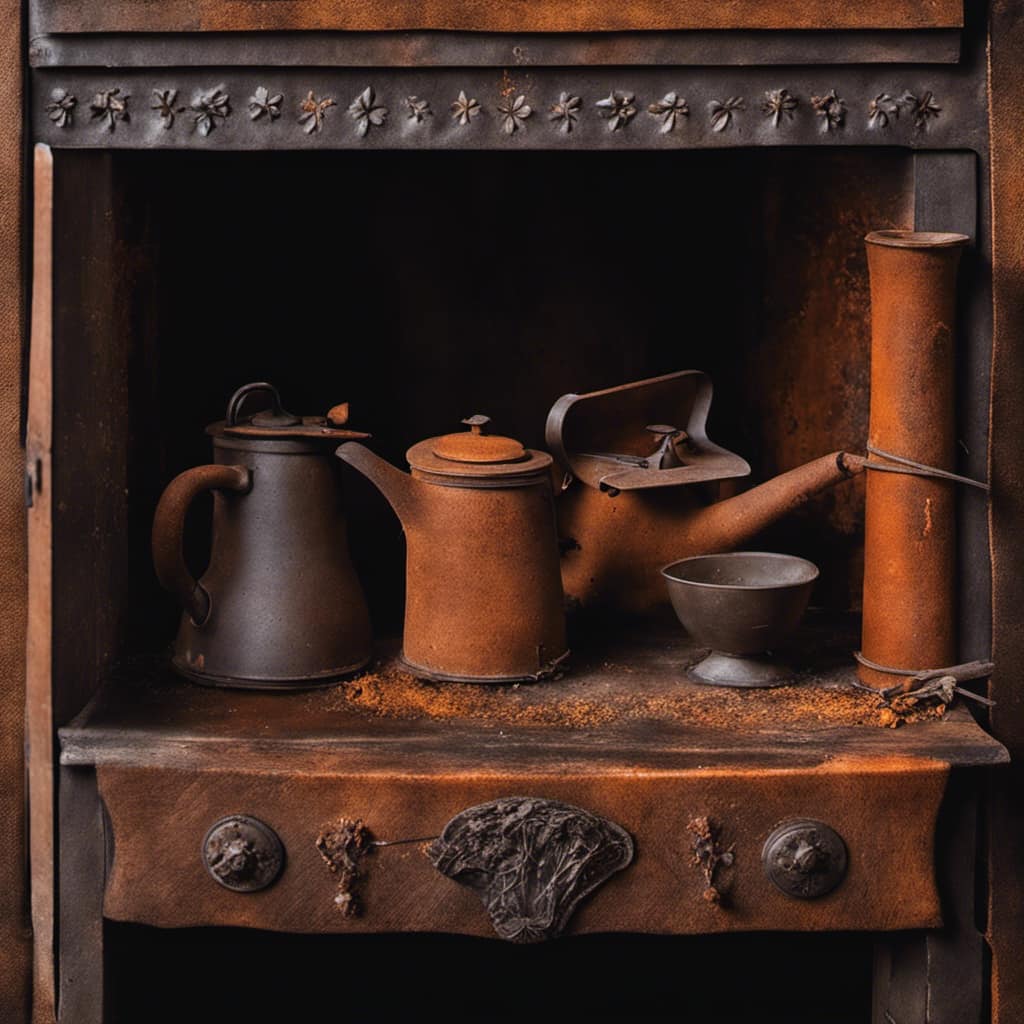
Conclusion
In conclusion, maintaining a catalytic wood stove requires proper cleaning, care, and regular maintenance. By understanding the catalytic converter, ensuring proper air circulation, and practicing efficient burning, you can enjoy the longevity of your wood stove.
Remember to regularly inspect and maintain your stove to ensure its optimal performance. So, don’t neglect the care it needs and enjoy cozy warmth in your home for years to come.
After all, a well-maintained wood stove is the key to a comfortable and efficient heating experience.
Growing up surrounded by the vast beauty of nature, Sierra was always drawn to the call of the wild. While others sought the comfort of the familiar, she ventured out, embracing the unpredictable and finding stories in the heartbeat of nature.
At the epicenter of every remarkable venture lies a dynamic team—a fusion of diverse talents, visions, and passions. The essence of Best Small Wood Stoves is crafted and refined by such a trio: Sierra, Logan, and Terra. Their collective expertise has transformed the platform into a leading authority on small wood stoves, radiating warmth and knowledge in equal measure.




